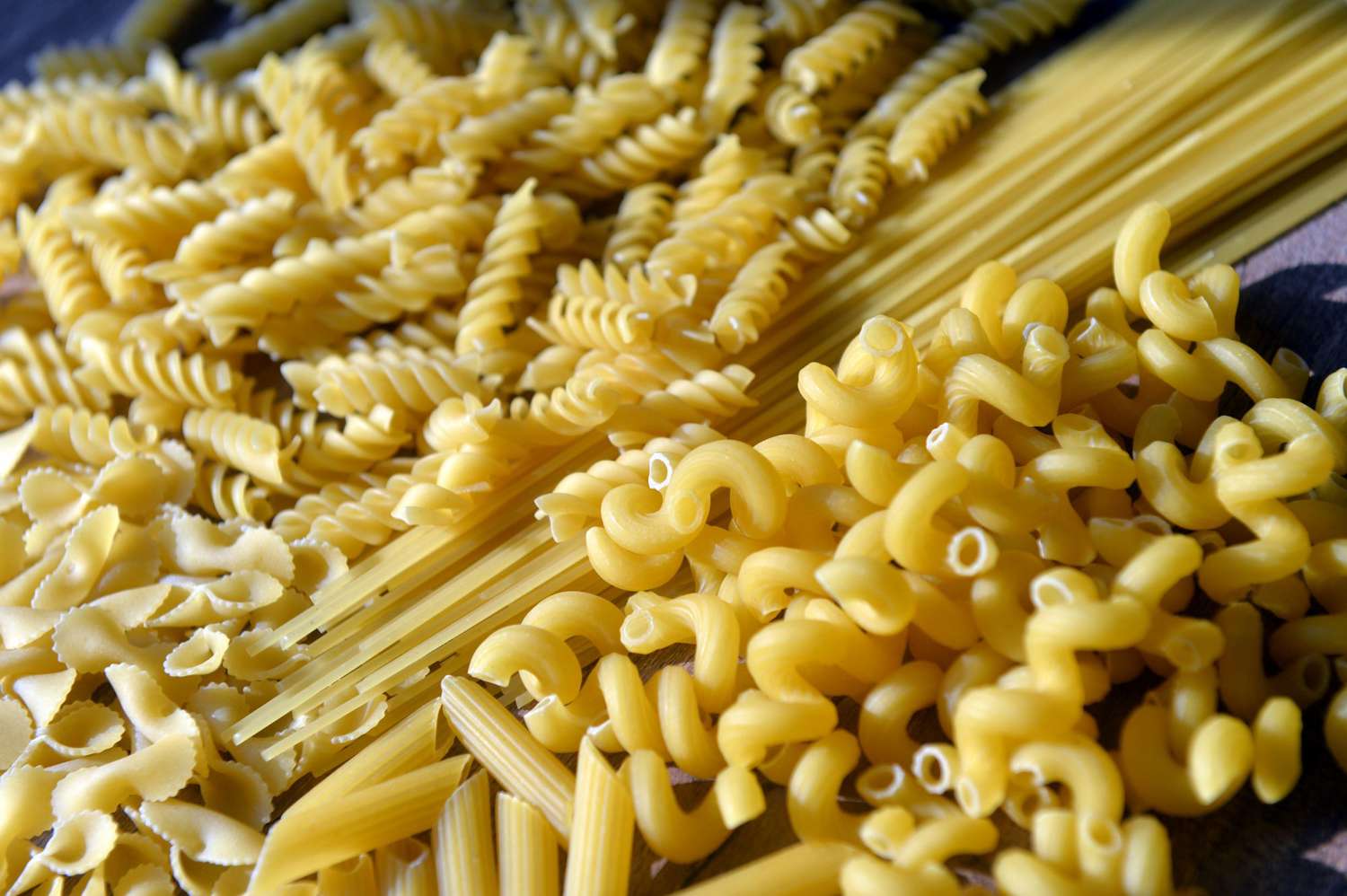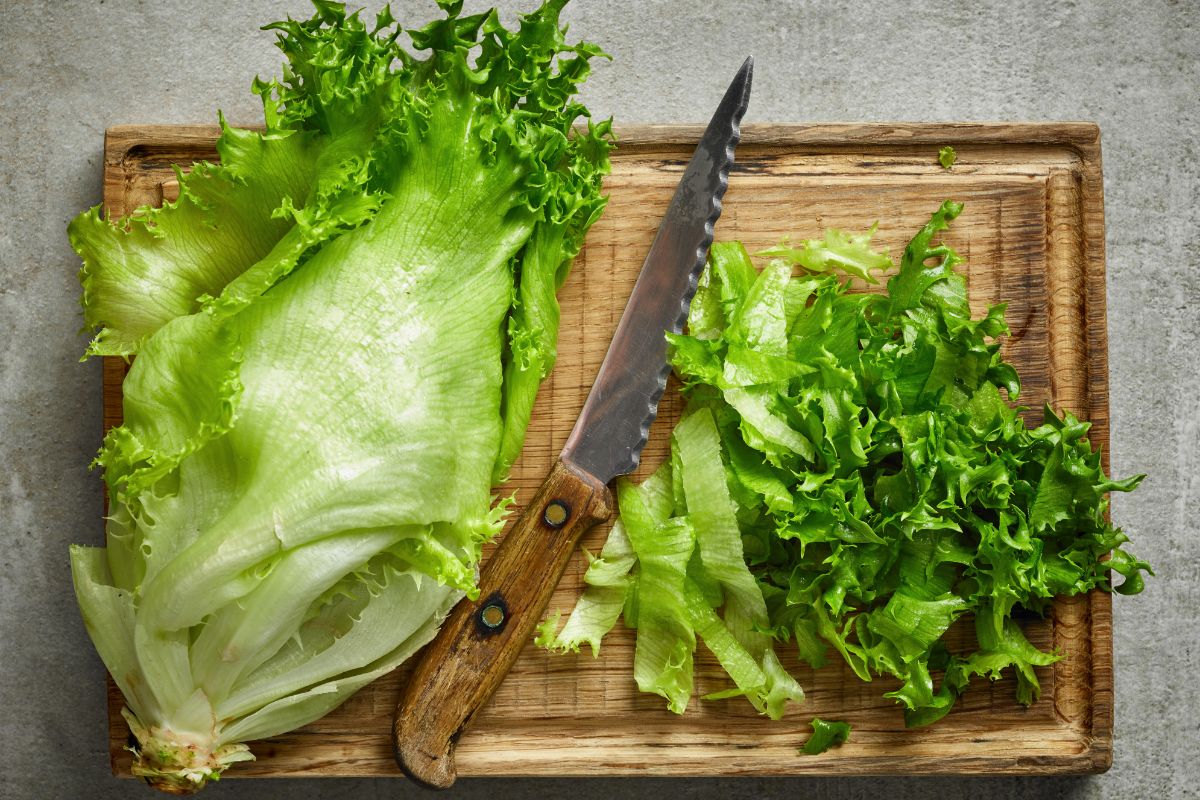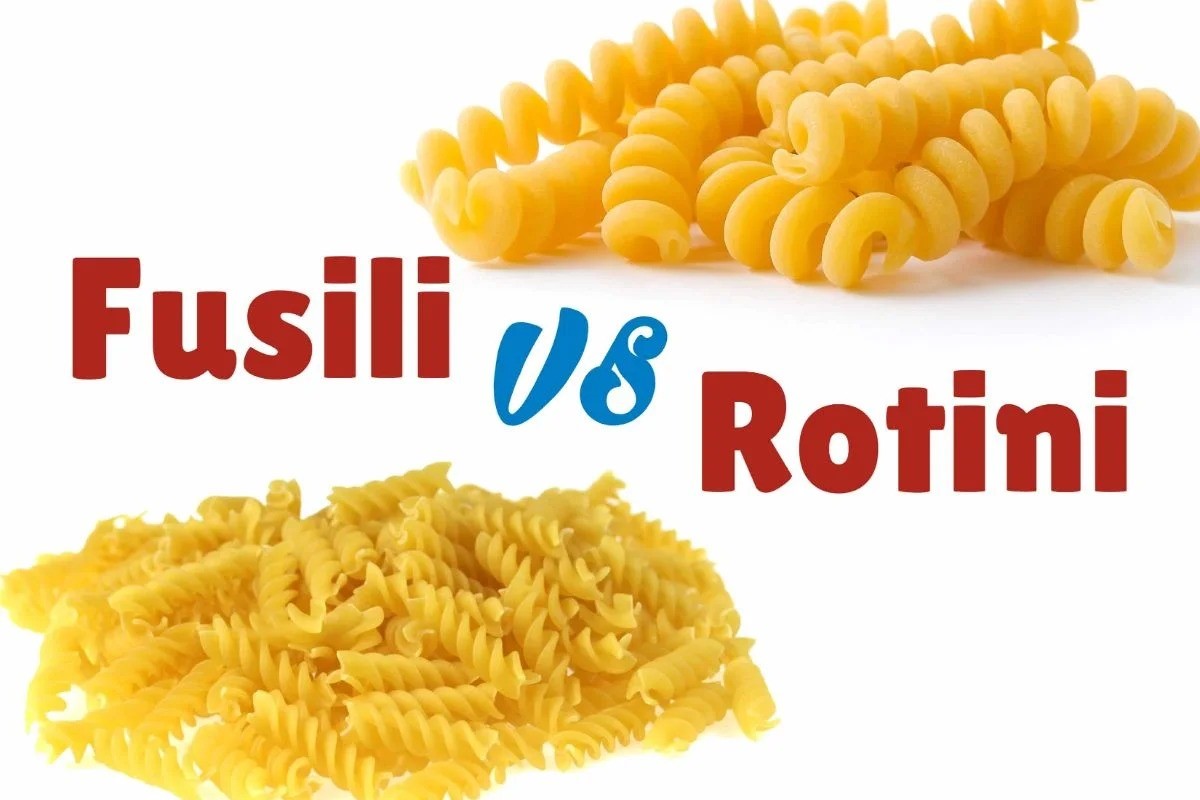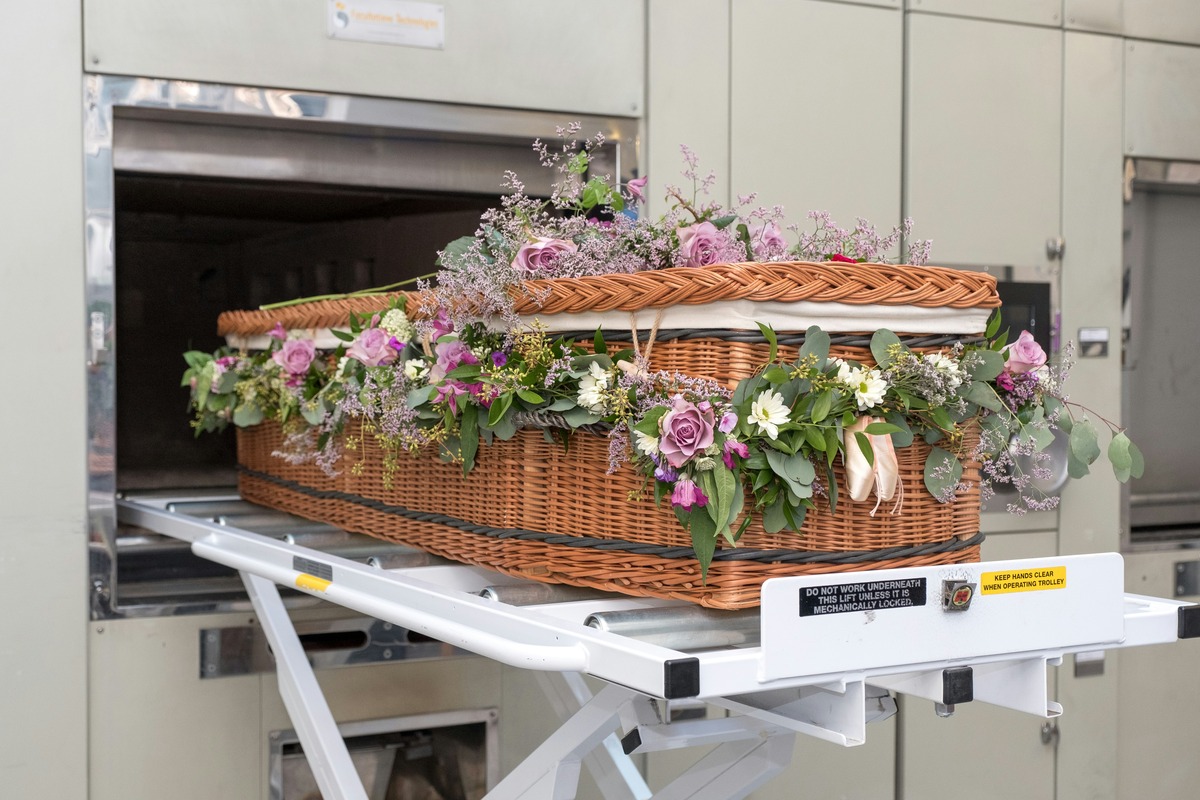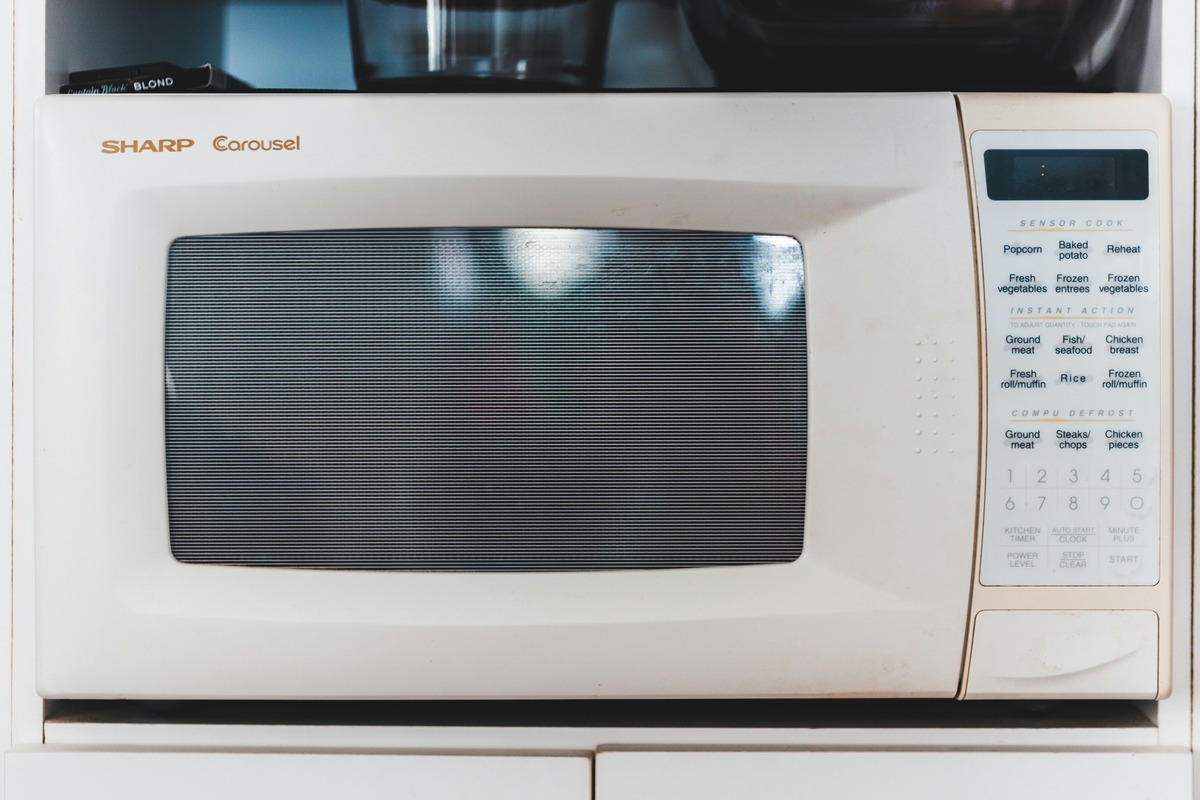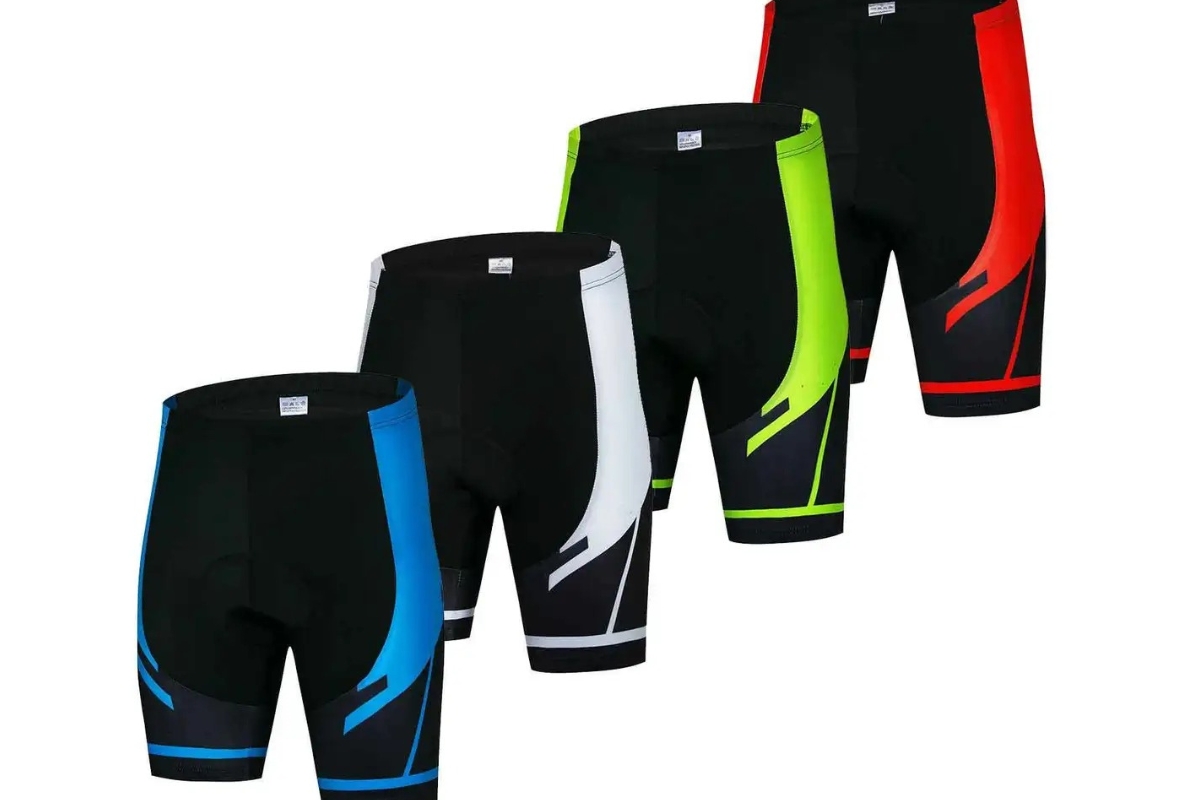Home>Food and Cooking>The Surprising Truth About Pasta Salad Shelf Life
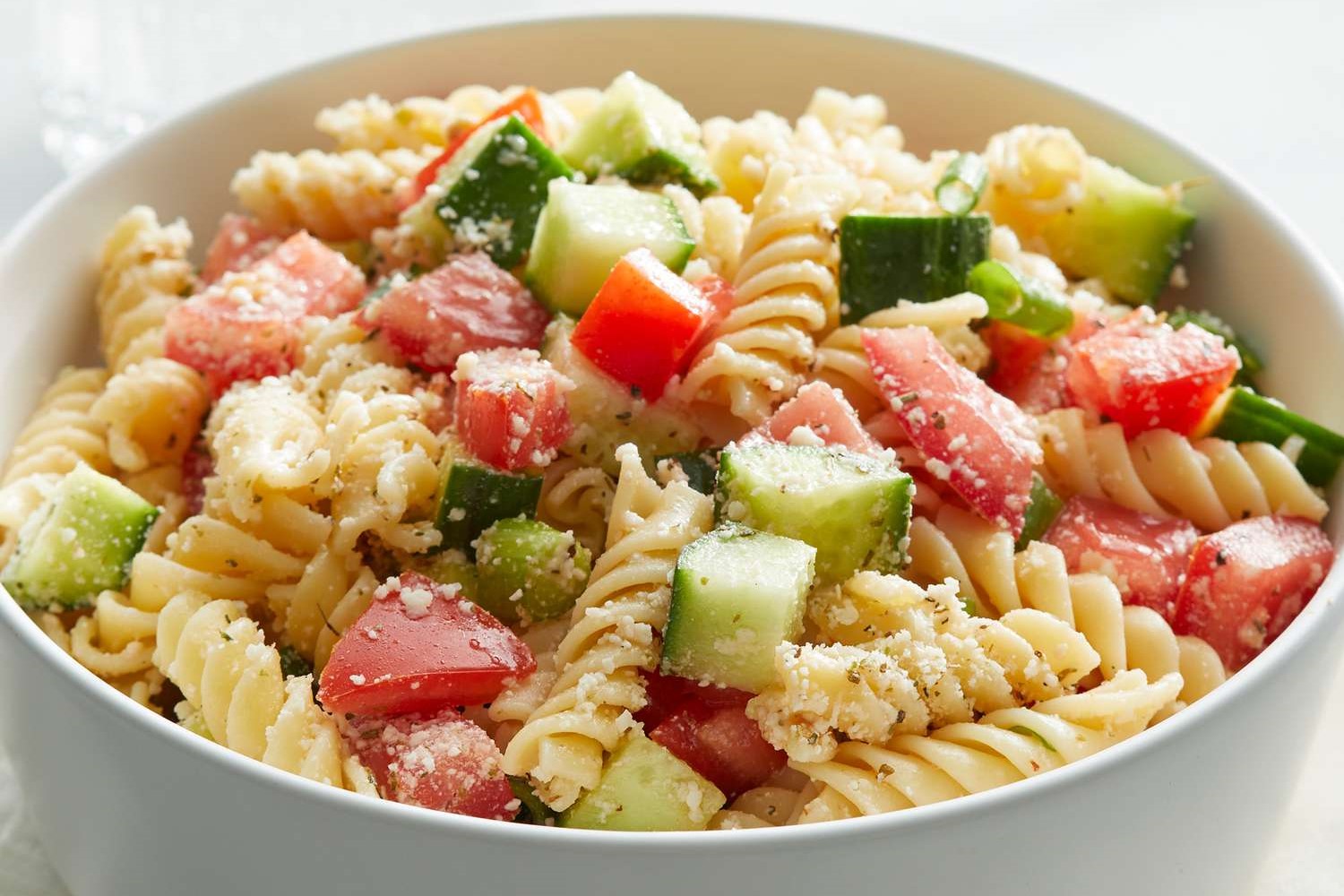

Food and Cooking
The Surprising Truth About Pasta Salad Shelf Life
Modified: March 3, 2024
Discover the surprising truth about pasta salad shelf life and learn expert tips for food and cooking. Extend the freshness of your dishes with these helpful insights.
(Many of the links in this article redirect to a specific reviewed product. Your purchase of these products through affiliate links helps to generate commission for Noodls.com, at no extra cost. Learn more)
Table of Contents
Introduction
Pasta salad is a beloved dish that effortlessly combines the heartiness of pasta with the freshness of vegetables and the flavor punch of dressing. Whether it's a simple side dish for a summer barbecue or a satisfying meal on its own, pasta salad has a way of delighting taste buds with its vibrant medley of textures and flavors.
Understanding the shelf life of pasta salad is crucial for maintaining its quality and ensuring food safety. Many pasta salad enthusiasts often wonder how long this delectable dish can be stored before it starts to lose its appeal. In this article, we will delve into the surprising truth about pasta salad shelf life, exploring the factors that influence its longevity, proper storage methods, signs of spoilage, and tips for prolonging its freshness.
As we unravel the mysteries surrounding pasta salad shelf life, you will gain valuable insights that can help you make informed decisions about preparing, storing, and enjoying this versatile dish. Let's embark on a journey to uncover the secrets of preserving the delectable flavors and textures of pasta salad for as long as possible.
What is the shelf life of pasta salad?
The shelf life of pasta salad can vary depending on several factors, including the ingredients used, storage conditions, and preparation methods. When properly stored, a homemade pasta salad can typically last for 3 to 5 days in the refrigerator. However, it is important to note that the shelf life may be shorter if the salad contains mayonnaise or other perishable ingredients.
Commercially prepared pasta salads, especially those sold in sealed containers, may have a longer shelf life due to the use of preservatives and vacuum-sealed packaging. These products often come with a "best by" date, which indicates the recommended period for consuming the salad while it is at its peak quality.
It's essential to consider the ingredients in the pasta salad when determining its shelf life. Ingredients such as fresh vegetables, cheese, and cooked meats can affect the overall longevity of the salad. For instance, salads with delicate greens or dairy products may spoil more quickly than those with heartier ingredients.
Understanding the shelf life of pasta salad is crucial for preventing food waste and ensuring food safety. By being mindful of the factors that influence the salad's longevity, individuals can make informed decisions about when to consume or discard leftover pasta salad. In the following sections, we will explore the various factors that can impact the shelf life of pasta salad and provide valuable insights into proper storage methods and signs of spoilage.
Factors affecting the shelf life of pasta salad
Several factors can significantly influence the shelf life of pasta salad, ultimately determining how long it remains safe and palatable for consumption. Understanding these factors is essential for maintaining the quality and safety of the dish. Here are the key elements that can impact the shelf life of pasta salad:
-
Ingredients: The ingredients used in pasta salad play a crucial role in determining its shelf life. Perishable components such as mayonnaise, dairy products, and fresh vegetables can shorten the salad's longevity. Mayonnaise-based dressings, in particular, can contribute to quicker spoilage if not stored properly. On the other hand, pasta salads with vinegar or oil-based dressings tend to have a longer shelf life due to their lower risk of bacterial contamination.
-
Storage Temperature: The temperature at which pasta salad is stored significantly affects its shelf life. Refrigeration is vital for preserving the freshness of the salad. When stored at temperatures above 40°F (4°C), the risk of bacterial growth increases, leading to accelerated spoilage. It's important to promptly refrigerate pasta salad after serving and ensure that it remains consistently chilled to prolong its shelf life.
-
Moisture Content: The moisture content of the salad components can impact its shelf life. Ingredients that release moisture over time, such as fresh vegetables, can contribute to the salad becoming soggy and unappetizing. Excess moisture can also create an environment conducive to bacterial growth, shortening the salad's shelf life. Properly draining and patting dry moisture-prone ingredients before incorporating them into the salad can help mitigate this issue.
-
Food Handling and Cross-Contamination: Proper food handling practices are crucial for preserving the shelf life of pasta salad. Cross-contamination, where harmful bacteria from raw ingredients spread to the salad, can significantly impact its safety and longevity. Ensuring that utensils, cutting boards, and hands are thoroughly cleaned when preparing the salad can help prevent cross-contamination and extend its shelf life.
-
pH Level of Dressing: The acidity level of the salad dressing can influence its resistance to bacterial growth. Dressings with lower pH levels, such as those containing vinegar or citrus juices, create an environment that inhibits the growth of bacteria, thereby extending the shelf life of the pasta salad.
By considering these factors, individuals can make informed decisions when preparing, storing, and consuming pasta salad, ultimately maximizing its shelf life and minimizing food waste. Understanding the interplay of these elements empowers individuals to enjoy pasta salad while ensuring its safety and quality.
How to properly store pasta salad
Proper storage is essential for maintaining the freshness and safety of pasta salad. By following the correct storage methods, individuals can extend the shelf life of the salad and minimize the risk of spoilage. Here are the key steps to properly store pasta salad:
-
Refrigerate promptly: After preparing or serving pasta salad, it is crucial to refrigerate it promptly. Leaving the salad at room temperature for an extended period can promote bacterial growth and compromise its safety. To ensure rapid cooling, divide large batches of pasta salad into smaller portions before refrigerating.
-
Use airtight containers: When storing pasta salad in the refrigerator, use airtight containers to minimize exposure to air and moisture. Airtight containers help preserve the salad's texture and prevent it from absorbing odors from other foods in the refrigerator. Alternatively, sealable plastic bags can also be used for storing smaller portions of pasta salad.
-
Maintain consistent temperature: Ensure that the refrigerator maintains a consistent temperature of 40°F (4°C) or below. Fluctuating temperatures can accelerate the deterioration of the salad and increase the risk of bacterial contamination. Additionally, avoid placing the salad in the refrigerator door, as this area experiences temperature variations due to frequent opening and closing.
-
Avoid overexposure to air: Limiting the salad's exposure to air can help prevent it from drying out and losing its freshness. Pressing a sheet of plastic wrap directly onto the surface of the pasta salad before sealing the container can create a barrier that minimizes air contact.
-
Store perishable ingredients carefully: If the pasta salad contains perishable ingredients such as mayonnaise, dairy products, or cooked meats, it is crucial to store it at the appropriate temperature. Perishable ingredients can contribute to quicker spoilage if not handled and stored with care.
-
Consume within recommended timeframe: While properly stored pasta salad can maintain its quality for a few days, it is advisable to consume it within the recommended timeframe to ensure optimal freshness. Discard any pasta salad that shows signs of spoilage, even if it has been stored correctly.
By adhering to these guidelines, individuals can effectively preserve the quality and safety of pasta salad, allowing for extended enjoyment of this delightful dish. Proper storage practices not only help prevent food waste but also contribute to a positive and safe culinary experience.
Signs that pasta salad has gone bad
Identifying the signs of spoilage in pasta salad is crucial for safeguarding against the consumption of compromised food. While pasta salad is a delightful dish when fresh, it can exhibit noticeable changes when it has gone bad. By being attentive to these indicators, individuals can make informed decisions about the safety and quality of the salad. Here are the key signs that pasta salad has gone bad:
-
Unpleasant Odor: One of the most apparent signs of spoilage in pasta salad is the presence of an off-putting odor. If the salad emits a sour, rancid, or foul smell, it is likely an indication of bacterial growth or the deterioration of ingredients. A distinct change in odor from the salad's original fresh and appetizing aroma signals that it may no longer be safe for consumption.
-
Changes in Texture: When pasta salad has gone bad, noticeable changes in texture may become evident. The salad's ingredients, particularly the pasta and vegetables, may become excessively mushy, slimy, or discolored. Any alterations in texture, such as a slimy coating on the pasta or wilting of vegetables, signify that the salad has deteriorated and should be discarded.
-
Unusual Appearance: Visual cues can also reveal the deterioration of pasta salad. If there are visible signs of mold growth on the salad's surface or within the ingredients, it is a clear indication that the salad has spoiled. Additionally, any significant discoloration, such as browning of vegetables or a change in the color of the dressing, suggests that the salad is no longer safe to consume.
-
Off-Flavors: A shift in the flavor profile of pasta salad can signal spoilage. If the salad tastes unusually sour, bitter, or has a generally off-putting flavor that differs from its original taste, it is an indication that the ingredients have undergone spoilage or bacterial contamination. Unpleasant or off-flavors are a strong indicator that the salad has gone bad.
-
Presence of Bacterial Growth: Inspecting the pasta salad for signs of bacterial growth, such as visible mold, is crucial. Mold growth, in particular, is a clear sign of spoilage and renders the salad unsafe for consumption. Any visible signs of microbial contamination should prompt immediate disposal of the salad.
By recognizing these signs, individuals can promptly identify when pasta salad has gone bad and take the necessary steps to discard it safely. It is essential to prioritize food safety and be vigilant in observing these indicators to prevent the consumption of spoiled pasta salad, thereby safeguarding against potential foodborne illnesses.
Tips for extending the shelf life of pasta salad
Ensuring the prolonged freshness and safety of pasta salad involves implementing effective strategies that mitigate the risk of spoilage and preserve its appealing qualities. By incorporating the following tips, individuals can extend the shelf life of pasta salad, allowing for an extended window of enjoyment and minimizing food waste.
-
Opt for Vinegar or Oil-Based Dressings: When preparing pasta salad, consider using vinegar or oil-based dressings instead of mayonnaise-based options. These dressings have a lower risk of bacterial contamination, thereby contributing to a longer shelf life for the salad. Additionally, vinegar and oil-based dressings impart delightful flavors and can help maintain the salad's texture over time.
-
Refrigerate Promptly and Thoroughly: After preparing or serving pasta salad, promptly refrigerate it to minimize the risk of bacterial growth. Ensure that the salad is thoroughly chilled throughout, especially if it contains perishable ingredients. Rapid refrigeration helps preserve the salad's freshness and safety, extending its shelf life.
-
Avoid Overcooking Pasta: When cooking the pasta for the salad, aim for al dente texture rather than overcooking. Al dente pasta holds up better over time and is less prone to becoming mushy or waterlogged, contributing to the salad's longevity. Properly cooked pasta retains its structure and texture, enhancing the overall quality of the salad.
-
Separate Dressing Until Serving: If possible, store the salad and its dressing separately, especially if using a mayonnaise-based dressing. Combining the salad and dressing just before serving helps prevent the salad from becoming soggy and extends its shelf life. This approach is particularly beneficial for salads that will be consumed over multiple servings.
-
Use Fresh, High-Quality Ingredients: Incorporating fresh, high-quality ingredients into the pasta salad not only enhances its flavor and nutritional value but also contributes to an extended shelf life. Fresh vegetables, premium cheeses, and quality proteins can maintain their integrity and flavors, elevating the salad's overall longevity.
-
Regularly Inspect and Rotate Stored Salad: If storing leftover pasta salad, periodically inspect it for any signs of spoilage and rotate the container to ensure even chilling. This practice helps identify any potential issues early on and ensures that the salad remains consistently chilled, preserving its quality for an extended period.
By implementing these tips, individuals can effectively prolong the shelf life of pasta salad, allowing for extended enjoyment while maintaining its safety and freshness. These proactive measures contribute to a positive culinary experience, minimizing food waste and promoting the responsible utilization of this beloved dish.
Conclusion
In conclusion, understanding the shelf life of pasta salad is essential for maintaining its quality, ensuring food safety, and minimizing food waste. The surprising truth about pasta salad shelf life lies in the interplay of various factors, including ingredients, storage methods, and proactive strategies for extending its longevity.
By recognizing the impact of perishable ingredients, such as mayonnaise, dairy products, and fresh vegetables, individuals can make informed decisions about the preparation and storage of pasta salad. The use of vinegar or oil-based dressings can contribute to a longer shelf life, while proper refrigeration and airtight storage containers help preserve the salad's freshness.
Moreover, the signs of spoilage in pasta salad, including changes in odor, texture, appearance, and flavor, serve as crucial indicators for determining its safety and quality. By being attentive to these signs, individuals can promptly identify when the salad has gone bad and take the necessary steps to ensure food safety.
The tips for extending the shelf life of pasta salad provide actionable strategies for maximizing its freshness and minimizing the risk of spoilage. From opting for al dente pasta to separating the dressing until serving, these proactive measures empower individuals to enjoy pasta salad over an extended period while maintaining its appealing qualities.
In essence, the journey to uncover the secrets of preserving the delectable flavors and textures of pasta salad has illuminated the importance of thoughtful preparation, proper storage, and vigilant observation. By embracing these insights, individuals can savor the delightful flavors of pasta salad while upholding food safety practices and contributing to a sustainable culinary experience.
As we navigate the realm of pasta salad shelf life, it becomes evident that a blend of knowledge, mindfulness, and practical techniques is the key to unlocking its full potential. With a deeper understanding of the factors at play, individuals can embark on a culinary adventure enriched by the flavors, textures, and longevity of this beloved dish.


